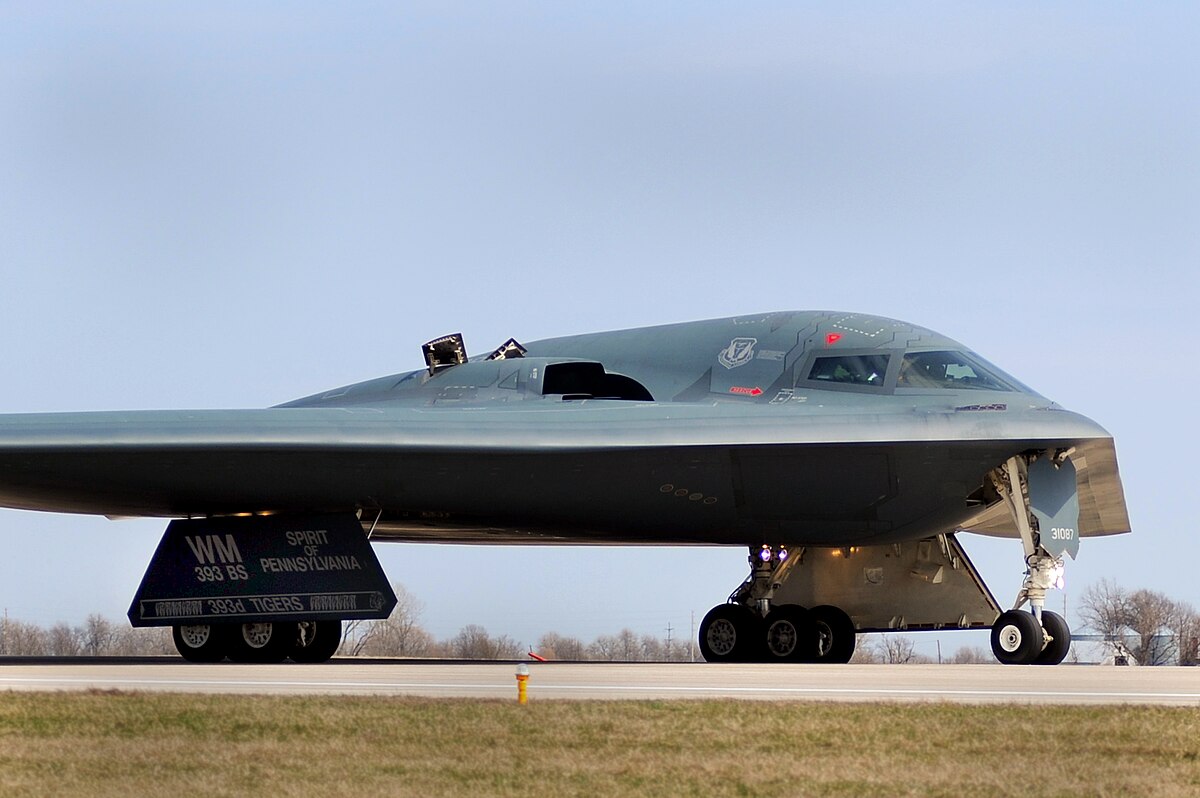The B‑2 Spirit stealth bomber is one of the most advanced and iconic aircraft in the U.S. Air Force, yet the fleet consists of just 19 planes. While this number may seem surprisingly low, there are several reasons behind the limited fleet size.
First, cost is a major factor. Each B‑2 bomber comes with a price tag of around $2 billion, making it the most expensive bomber ever built. The high cost is due to its cutting-edge stealth technology, radar-evading design, and sophisticated avionics. Operating and maintaining these aircraft is also expensive, with each flight costing hundreds of thousands of dollars. This makes large-scale production financially unfeasible.
Second, the strategic doctrine of the U.S. Air Force emphasizes quality over quantity. The B‑2 is a long-range, precision-strike bomber capable of penetrating the most sophisticated enemy air defenses. Its stealth technology allows a single aircraft to carry out missions that would require multiple conventional bombers. Because of this, a smaller fleet can still achieve high operational impact without the need for large numbers.
Third, technological and production challenges limited the number of aircraft built. During the 1980s and 1990s, building a stealth bomber required highly specialized materials, manufacturing techniques, and secrecy. These constraints slowed production and capped the total number of B‑2s.
Finally, the U.S. has planned for a next-generation replacement. The B‑21 Raider is being developed to eventually supplement and replace the B‑2 fleet, which also influences decisions not to expand the current bomber numbers.
Despite being a small fleet, the B‑2 remains a critical component of U.S. airpower. Its combination of stealth, range, and payload capacity makes it a uniquely capable instrument of modern strategic deterrence, proving that sometimes, less is indeed more.

